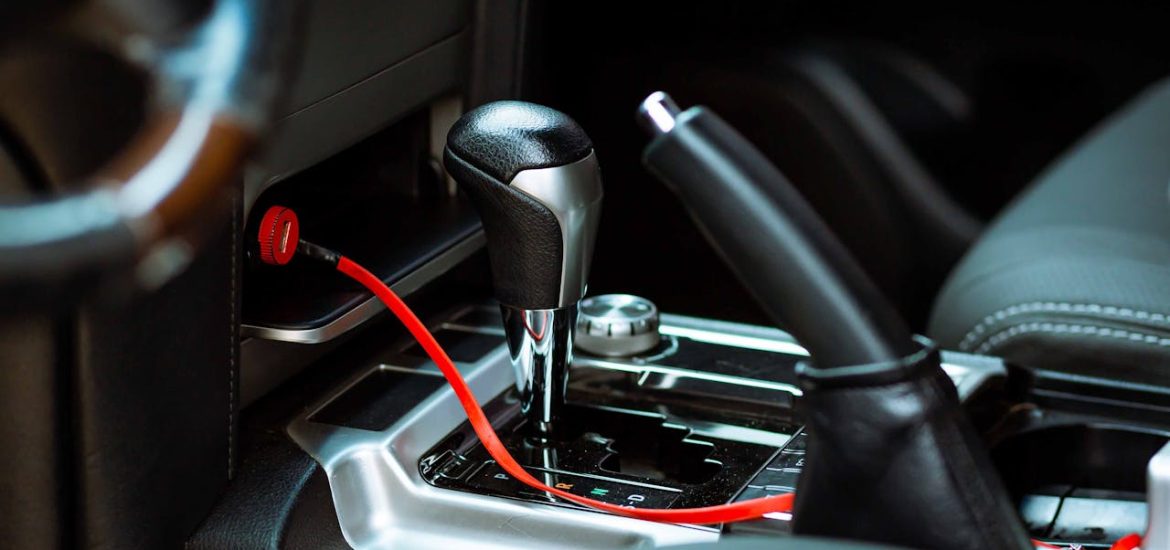A manual gearbox, also known as a manual transmission, is a system that allows drivers to manually change gears in response to speed and driving conditions. These gearboxes offer greater control over the vehicle’s performance and are known for their durability, reliability, and efficiency. Unlike automatic transmissions, manual gearboxes require the driver to engage and disengage the clutch, and shift gears manually using a gear lever.
There are several types of manual gearboxes, each with distinct mechanisms and advantages. In this article, we’ll explore three common types of manual gearboxes: constant mesh, sliding mesh, and synchromesh gearboxes.
1. Constant Mesh Gearbox
The constant mesh gearbox is a widely used type of manual transmission. In this gearbox, all gears are constantly in mesh with one another, but only one gear is engaged at a time. The key feature of the constant mesh gearbox is the use of dog clutches, which engage the desired gear while the others spin freely.
How It Works:
- The gears on both the input and output shafts are constantly engaged, but power is only transmitted through the selected gear.
- The driver selects a gear using the gear lever, which moves the dog clutch to engage the desired gear.
- The dog clutch locks the selected gear to the output shaft, allowing power to be transferred to the wheels.
Advantages:
- Smooth Shifting: Because the gears are always in mesh, there is less friction during the gear-shifting process, making for smoother transitions.
- Durability: The constant mesh design is known for its durability and ability to handle high loads, making it ideal for heavy-duty vehicles like trucks and buses.
- Less Wear: Constant engagement of gears reduces wear and tear compared to older sliding mesh gearboxes.
Disadvantages:
- Dog Clutch Wear: The dog clutch can wear out over time, particularly if not used carefully.
2. Sliding Mesh Gearbox
The sliding mesh gearbox is one of the earliest forms of manual transmission. It is now largely obsolete in modern vehicles but was commonly used in early cars and trucks. In this type of gearbox, the gears themselves slide into mesh with one another, unlike the constant mesh design where the gears remain engaged all the time.
How It Works:
- The gear lever directly moves the gears along the shaft, sliding them into and out of mesh with the other gears.
- The driver manually shifts the gears into position by sliding them into engagement with corresponding gears on the output shaft.
Advantages:
- Simplicity: The design is mechanically simple and easy to understand, making it a good educational tool for understanding basic transmission principles.
- Low Cost: The simplicity of the gearbox makes it inexpensive to manufacture.
Disadvantages:
- Difficult Shifting: The sliding mesh gearbox requires precise timing and matching of gear speeds by the driver, making it difficult to shift gears smoothly.
- Higher Wear: The constant engagement and disengagement of the gears cause more wear on the gear teeth, leading to faster deterioration.
- Obsolete: Modern vehicles have moved on to more advanced gearbox designs due to the limitations of sliding mesh transmissions.
3. Synchromesh Gearbox
The synchromesh gearbox is the most common type of manual transmission used in modern vehicles. It overcomes many of the challenges associated with earlier manual gearboxes, such as gear grinding and difficult shifting. The synchromesh gearbox uses synchronizers to match the speed of the gears before they are engaged, allowing for smoother gear shifts without the need for double-clutching.
How It Works:
- Synchronizers, or synchro rings, are placed between the gears. These rings help to match the rotational speed of the gears before they engage.
- When the driver shifts gears, the synchronizer ensures that the input and output shafts are rotating at the same speed, allowing for a smooth gear change.
- Once the speeds are synchronized, the gears engage without grinding or jarring.
Advantages:
- Smooth and Easy Shifting: The use of synchronizers allows for smoother gear shifts, reducing the need for driver skill in matching gear speeds.
- No Gear Grinding: The synchronization process eliminates gear grinding, which was a common issue in older manual transmissions.
- Durability: Synchromesh gearboxes are durable and require less maintenance compared to sliding mesh gearboxes.
Disadvantages:
- Higher Cost: Synchromesh gearboxes are more complex and expensive to manufacture compared to sliding mesh or constant mesh gearboxes.
- More Components: The addition of synchronizers increases the number of parts, which can add to maintenance requirements over time.
Conclusion
The three main types of manual gearboxes—constant mesh, sliding mesh, and synchromesh—each offer different advantages and disadvantages. The constant mesh gearbox is known for its durability and smooth shifting, making it ideal for heavy-duty applications. The sliding mesh gearbox, though obsolete, is a simple and inexpensive option, but it requires more driver skill and wears out more quickly. The synchromesh gearbox, the most common in modern vehicles, offers the smoothest and easiest gear shifts, thanks to its use of synchronizers.
Each type of gearbox has its place in history and specific applications, but modern vehicles predominantly use synchromesh gearboxes for their superior ease of use and reliability. Understanding the differences between these gearboxes can help drivers appreciate the advancements in transmission technology and choose the right type of gearbox for their needs.

